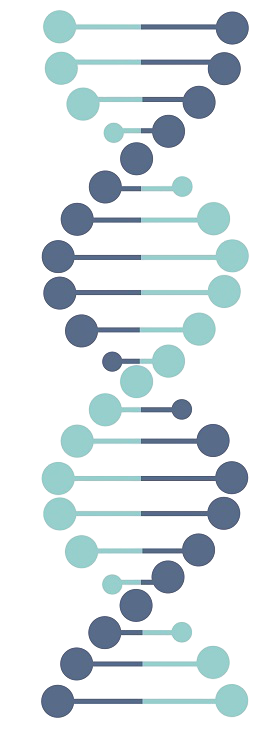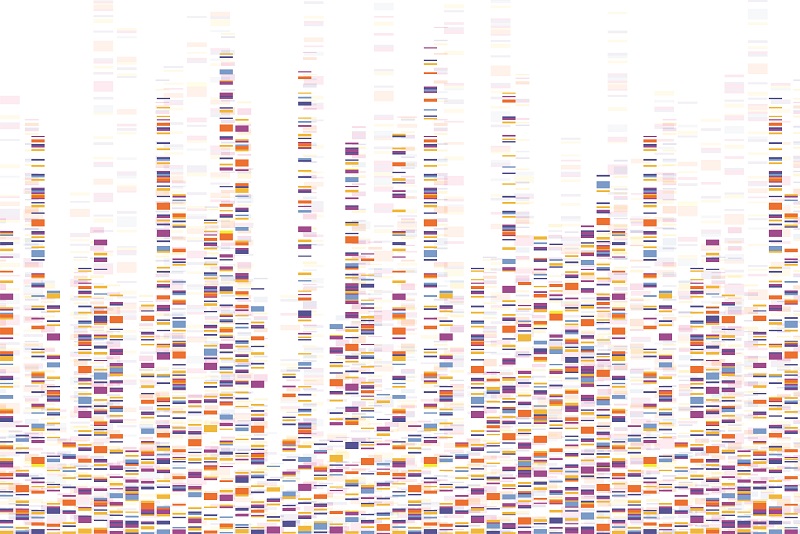Calculation of COVID-19 risk

Since its first description in December 2019 in Wuhan, China, the SARS-Cov-2 virus caused a global pandemic leading to devastating human and economic consequences in a matter of just a few months. The progression of the infection varies greatly between people, with many not showing any symptoms at all while others develop a life-threatening disease requiring hospitalization and potentially ending in death. While there is a clear correlation between the severity of infection and age, a degree of variability remains, with even seemingly young and healthy people developing life-threatening complications from the disease.

When viruses enter the body, they attach to receptors at the surface of cells. Using these receptors they can enter the cell and replicate themselves using the cell’s own replication machinery. The ACE2 gene codes for the human host receptor that is targeted by SARS-Cov-2 during an infection.
In a recent study, it was found that ACE2 DNA methylation patterns differed by age in epithelial cells and by gender in lung tissue. In a different study, hypomethylation and thus overexpression of the ACE2 gene was found in lupus patients potentially leading to higher COVID-19 susceptibility and disease severity.
%
COVID-19 Risk
As older individuals, males, and people with underlying health conditions have been associated with more severe COVID-19 infection outcomes, epigenetic testing could potentially be used to determine COVID-19 risk. While future research needs to link the clinical severity of infection to the epigenetic patterns of ACE2 themselves, epigenetic testing could lead to a more accurate evaluation of COVID-19 risk, thereby making public health decisions more precise and targeted to protect those who are truly at risk.
